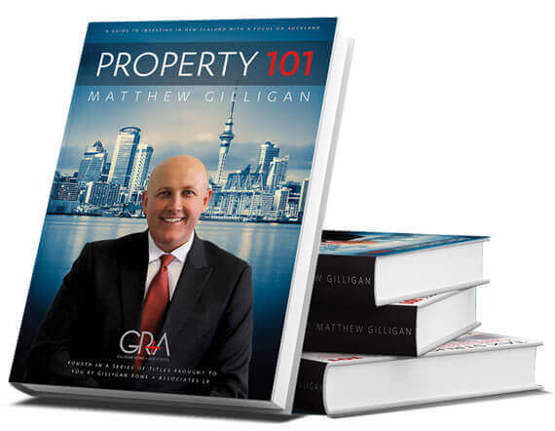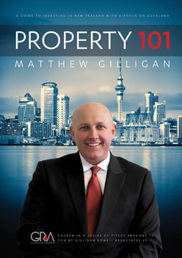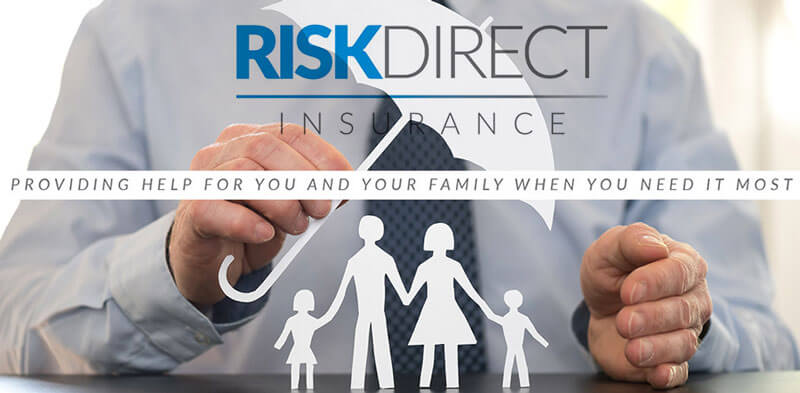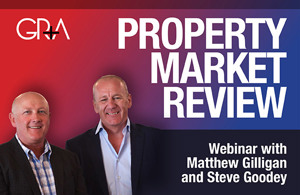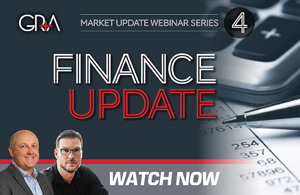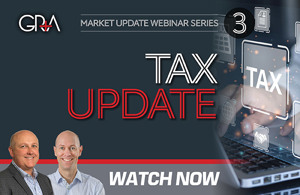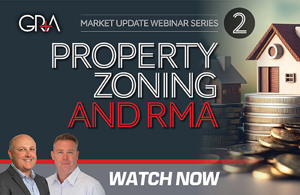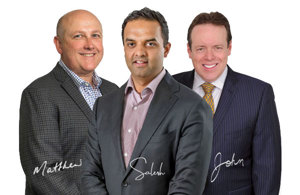
Budget
To put it simply, a budget is an itemised summary of likely income and expenses for a given period, usually twelve months in advance. It is typically created using a spreadsheet, and it provides a tangible, organised, and easily understood breakdown of how much money you have coming in and how much is going out. It’s an invaluable tool to help you prioritise your spending and manage your money—no matter how much or how little you have.
Cash Flow Forecast
On the other hand, a cash flow forecast is an estimate of the timing and amounts of cash inflows and outflows over a specific period, usually twelve months. A cash flow forecast shows if a business needs to borrow, how much, when, and how it will repay the loan. The cash flow forecast is also called cash flow budget or cash flow projection.
Difference Between a Budget and a Cash Flow Forecast
For example:
- If you pay a single annual insurance premium, the cash flow will show the full amount in the month that the premium is to be paid, not an average monthly amount.
- If your total annual rent is, for example, $24,000 but you pay it in twelve monthly instalments, your budget will show your annual rent cost of $24,000 but your cash flow will show it as $2,000 spent every month.
How to Draft a Business Budget
The first step is to set sales and/or profit goals. If you have been in business for a while, take your businesses management accounts and use those as the basis for developing your sales targets. For a start-up business, begin by estimating what type of realistic profit you'd like to see in the coming year. The reason you start with sales and/or profits is because this information will drive the rest of your estimates for costs, expenses, and capital expenditures.
The second step is to figure out gross profit margin. Again, this is much easier if you've been in business for a while. In that case, estimate the cost of your goods sold (beginning inventory, goods purchased or manufactured, shipping charges, etc.) and subtract that from your overall sales revenue. Note this step is not always relevant to all businesses.
The third step is to calculate the operating expenses. A good place to start, once again, is those management accounts. These accounts should include an itemised list of the fixed and variable expenses you incurred during the year, including salaries and wages, rent, postage, research, travel, utilities, taxes, etc. If you're just starting out, you're going to have to brainstorm to make sure you factor in all the costs you will incur.
The last step in generating your budget is to review and readjust figures. This is achieved by re-examining the estimations for sales and expenses. With this you most likely will want to go back and readjust your estimates to reach your profit targets. This may mean you purchase fewer new supplies in the coming year or you need to add new employees. Factor in these adjusted costs and or savings and run the numbers again. You may need to bite the bullet and go to an accountant to help with your budget figures. Either way, remember that it's important to use realistic figures so that your budget can help you guide your business. A budget works on common sense; if you made $100,000 last year in revenue, common sense indicates you won't make a million next year. You are best off estimating in the range of $80,000 to $120,000. But be prepared to make adjustments to your budget as the year progresses. You may have set your sales figures too high when an economic slump hits your business. Or, conversely, you may land a client that doubles your business.
How to Convert your Business Budget to a Cash Flow Forecast
As stated previously, a budget is an itemised summary of likely income and expenses for a given period, whereas a cash flow forecast is an estimate of the timing and amounts of cash inflows and outflows.
The first step in the art of converting budgets to cash flows is to break your sales revenues into expected cash flow in each month. Remembering to build in cycles such as Christmas and Easter along with the natural sale cycles. For instance, if you sell ice cream, you will sell more in the summer months versus the winter months.
The next steps follow neatly on. Once you know your cash inflows, you should be able to work out your cash outflows. Remember to build into your forecast things like tax payments for the business and any employees, along with GST and capital expenditure.
Summary
Planning and monitoring your budgets and cash flow forecasts will help you identify wasteful expenditures, adapt quickly as your financial situation changes, and achieve your financial goals. When you actually see the breakdown of your expenses, you may be surprised by what you find. This process is essential to fully grasping how things can add up. Creating a budget and subsequent cash flow forecast will decrease your stress levels because, with these reports, there should be no surprises.
Comments
Testimonials
Hi Matt, I have just attended the property school and just want to say it was really a worthwhile experience doing it especially for me who is planning to start as an investor (or trader). Thanks again for sharing your invaluable knowledge. P.S. Have also told my friends/colleagues, who are also interested on property, to attend the next property seminar. Best regards, - Brian
Property 101by Matthew Gilligan
Investing in residential property?
Put this at the top of your reading list.
If you're investing in residential property, seeking to maximise your ability to succeed and minimise risk, then this is a 'must read'.
Matthew Gilligan provides a fresh look at residential property investment from an experienced investor’s viewpoint. Written in easy to understand language and including many case studies, Matthew explains the ins and outs of successful property investment.
- How to find the right property
- How to negotiate successfully
- Renovation do's & don'ts
- Property management
- Case studies and examples
- and much, much more...
